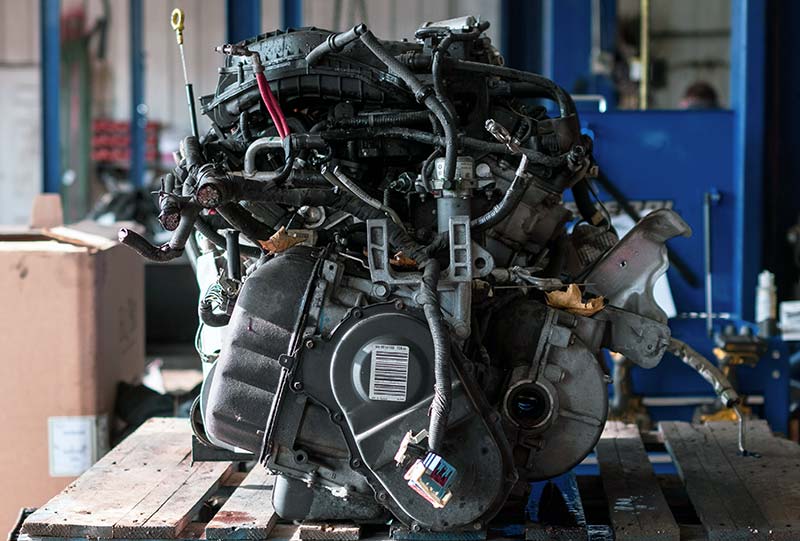The Coyote engine has become one of the most iconic modern V8 engines, known for its blend of power, technology, and tunability. Introduced by Ford in 2011, the 5.0L Coyote V8 has powered everything from the Mustang GT to the F-150, carving a reputation for high-revving, naturally aspirated performance. Over the years, it has evolved into a favorite among car enthusiasts, racers, and engine swappers.
In this article, we’ll explore the history, specifications, applications, and reasons why the Coyote engine is considered a benchmark in modern V8 engineering.
The Origins of the Coyote Engine
In the late 2000s, Ford recognized a growing need to create a more powerful and efficient V8 engine to compete with GM’s LS series and meet tightening emissions standards. The result was the Coyote engine, part of Ford’s modular engine family but built from the ground up with performance in mind.
Its first appearance was in the 2011 Mustang GT, delivering 412 horsepower and 390 lb-ft of torque. It quickly impressed both critics and consumers for offering impressive power with everyday reliability.
Key Features That Make the Coyote Stand Out
1. DOHC Architecture
Unlike many American V8s which use a cam-in-block pushrod setup, the Coyote features dual overhead camshafts (DOHC) for better valve control and higher RPMs.
2. Ti-VCT (Twin Independent Variable Cam Timing)
This allows the engine to optimize performance and efficiency by adjusting cam timing in real-time.
3. High-Rev Capability
The Coyote can rev up to 7,400 RPM (and higher with mods), making it a great platform for high-performance builds.
4. Modern Fuel Delivery
The latest versions include dual fuel systems—combining port and direct injection for better throttle response and fuel economy.
Applications of the Coyote Engine
The Coyote engine has powered several Ford vehicles:
- Mustang GT (2011–present)
- F-150 trucks
- Mustang Mach 1 & Dark Horse editions
Beyond factory vehicles, Coyote engines are hugely popular in engine swaps for:
- Classic Mustangs and Ford trucks
- Restomods and hot rods
- Kit cars like Factory Five Cobras
- Non-Ford platforms, thanks to its compact size and availability as a crate engine
Performance Potential and Tuning
Even in stock form, the Coyote delivers thrilling performance. But it also shines in the aftermarket world:
- Exhaust and intake upgrades can free up 30–50 hp.
- ECU tuning boosts throttle response, shift points, and peak power.
- Superchargers and turbo kits can raise output well beyond 1,000 hp with forged internals.
- Cams, headers, and high-flow fuel systems are common mods for track builds.
Why the Coyote Engine Is a Favorite Among Enthusiasts
✔ Reliable for High Mileage
Ford engineered the Coyote to withstand daily use and occasional track abuse, making it ideal for both show cars and workhorses.
✔ Great Aftermarket Support
With Ford Performance crate engine offerings and thousands of aftermarket parts, building or swapping a Coyote is easier than ever.
✔ Efficient for Its Power Level
Despite its V8 size and performance, the Coyote delivers reasonable fuel economy thanks to variable cam timing and direct injection.
✔ Smooth, Linear Power Delivery
Unlike boosted engines, the Coyote’s naturally aspirated powerband is broad and predictable—a dream for road course and street drivers alike.
Conclusion: The Heart of Modern Ford Performance
The Coyote engine represents the perfect blend of modern technology and traditional V8 muscle. Whether you're cruising in a Mustang GT or swapping one into a 1960s classic, the Coyote delivers unmatched performance, reliability, and excitement. With continued updates and strong support from both Ford and the aftermarket, it’s clear the Coyote has earned its place as a legendary modern engine.





Comments